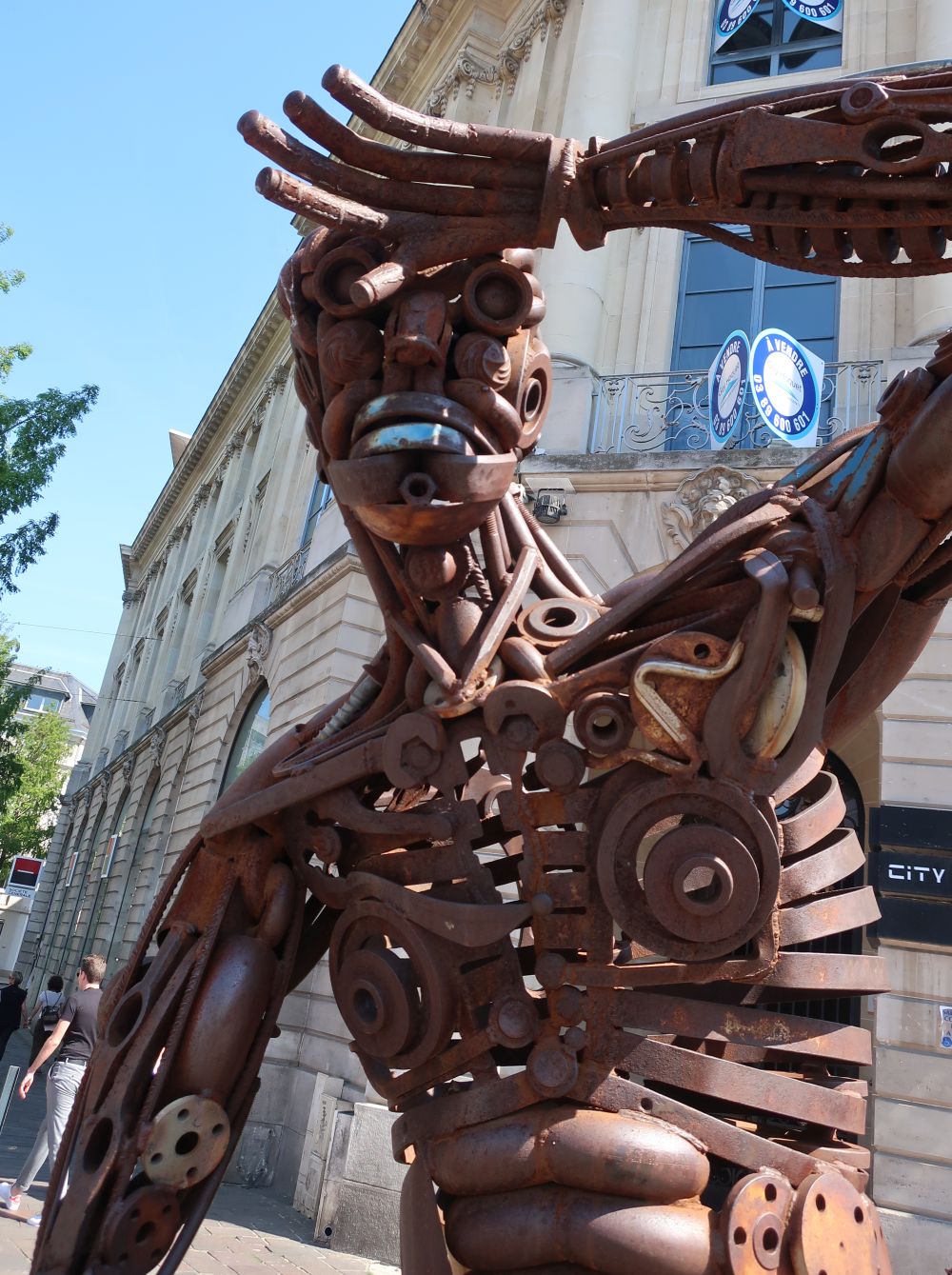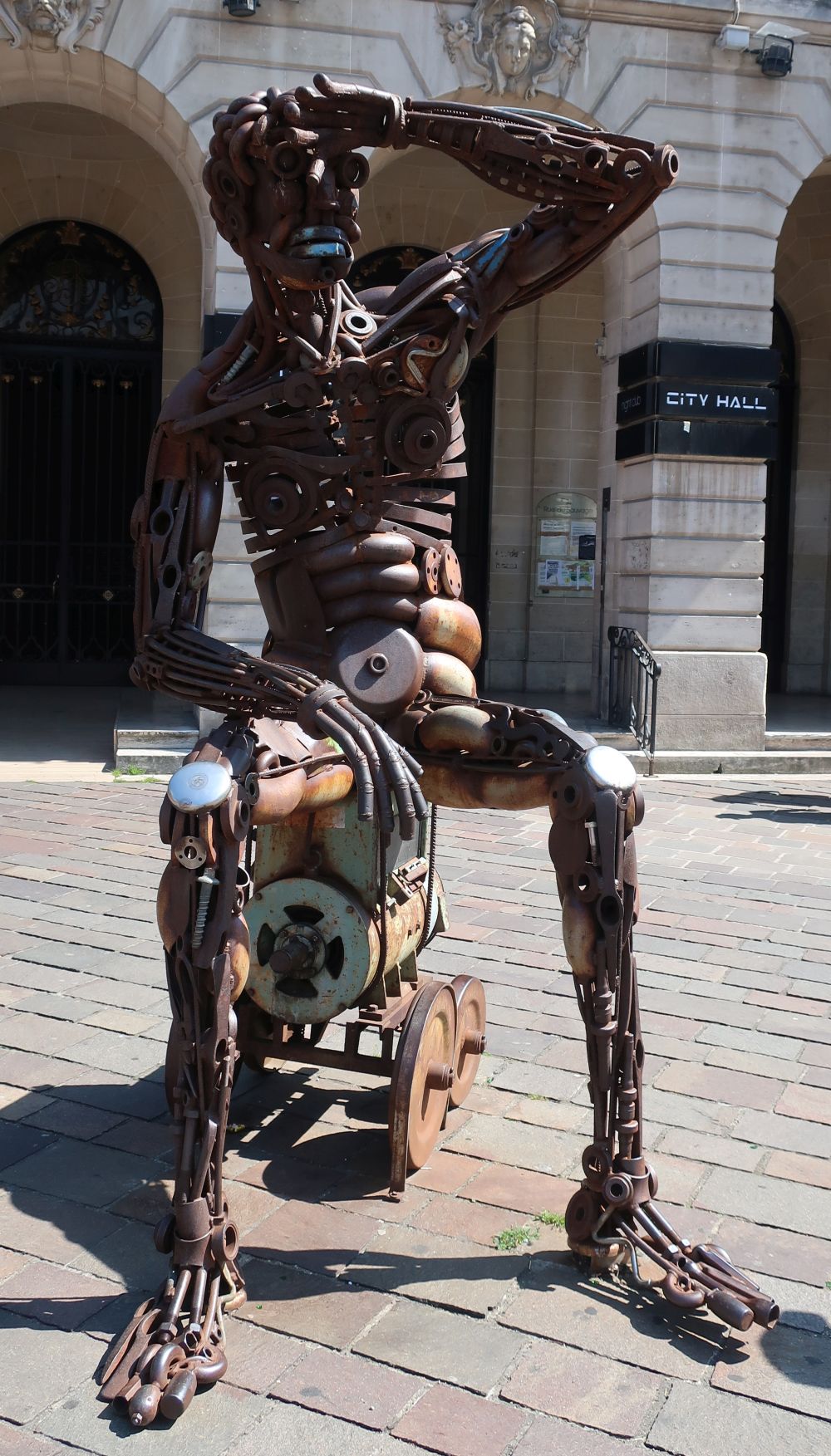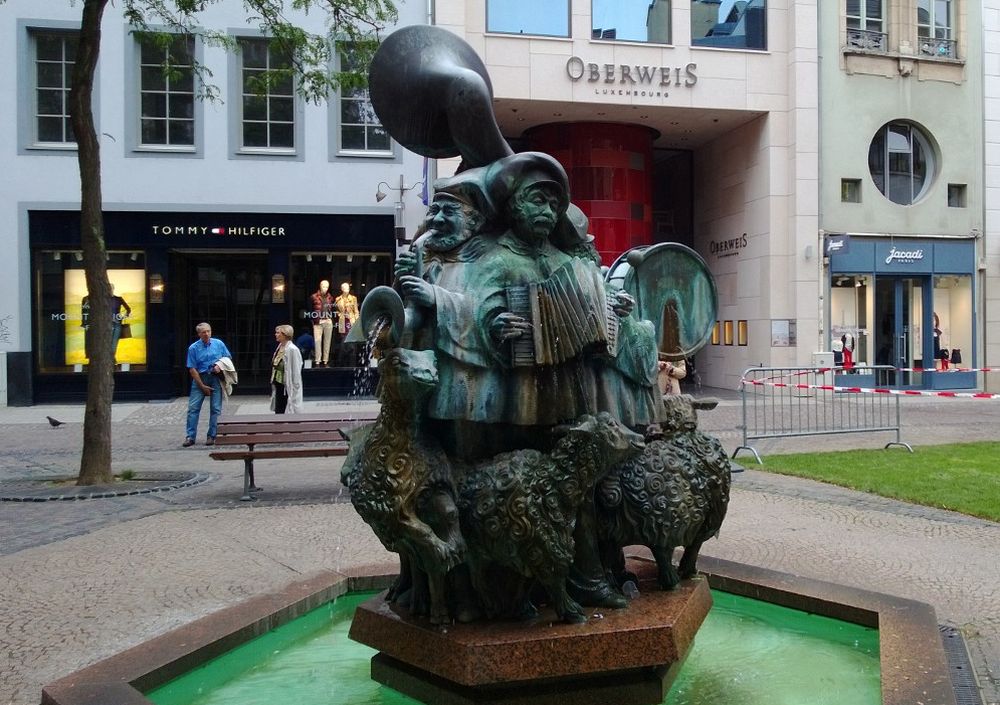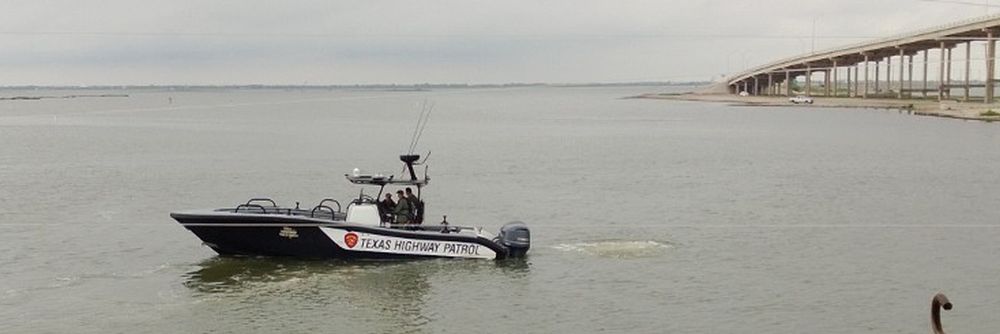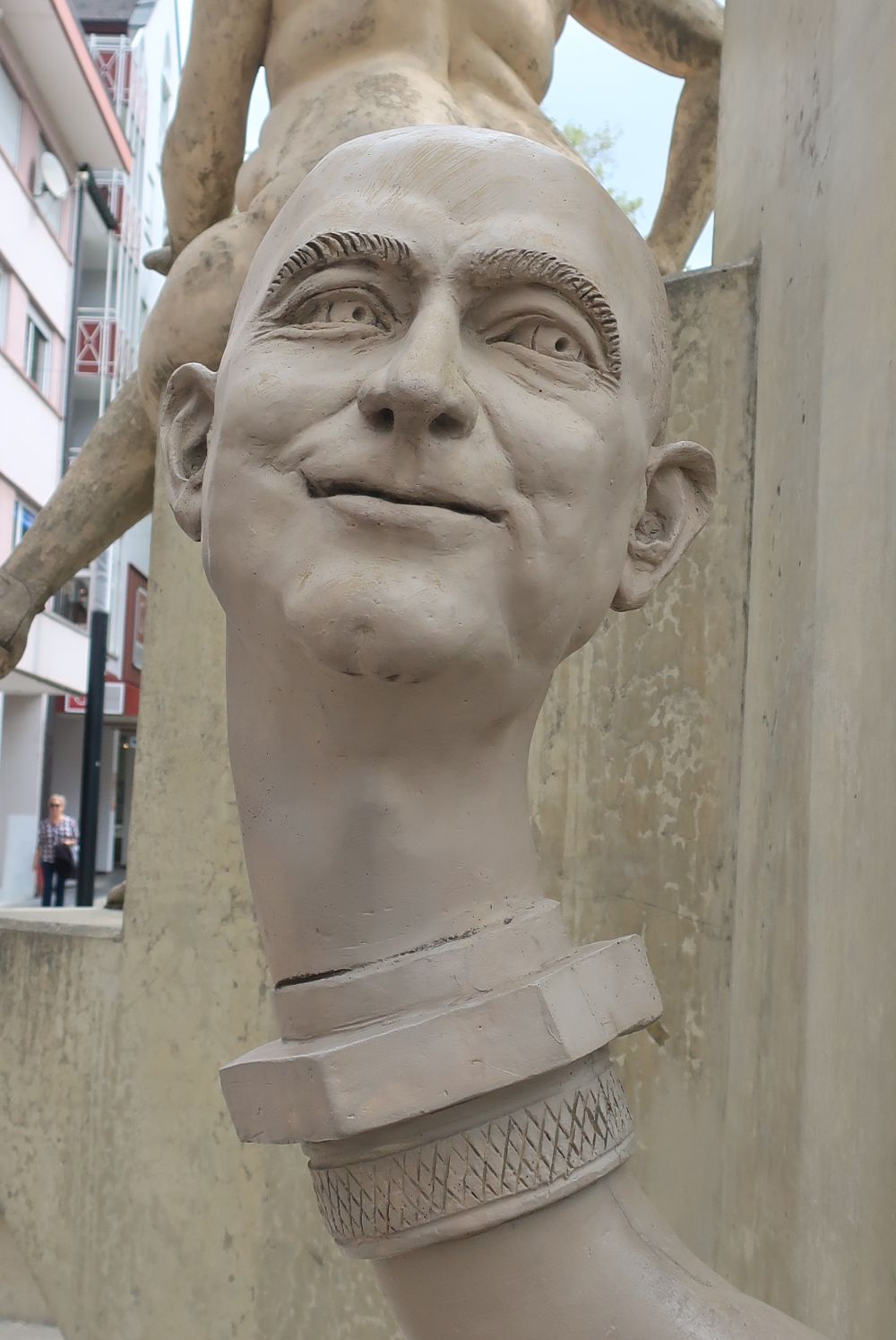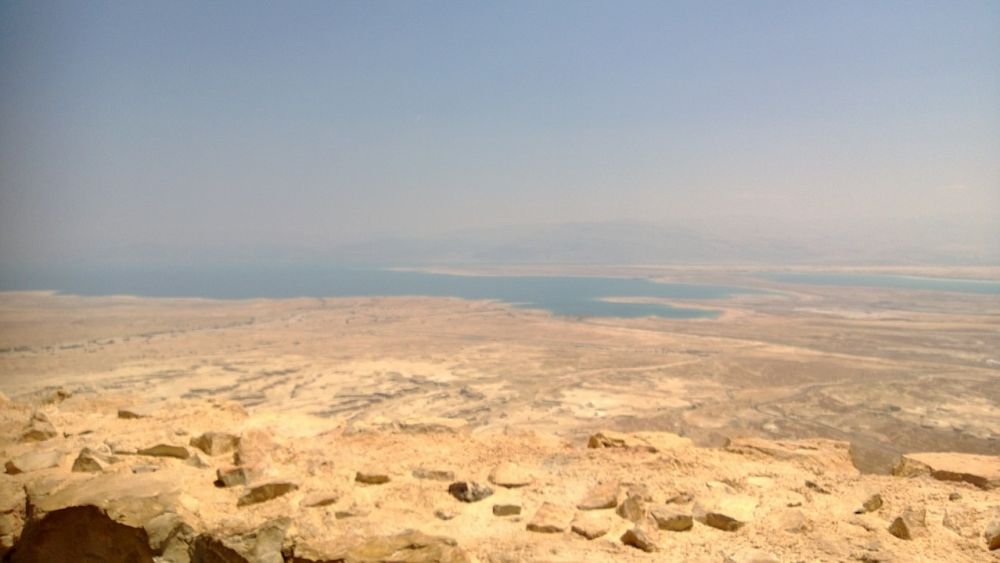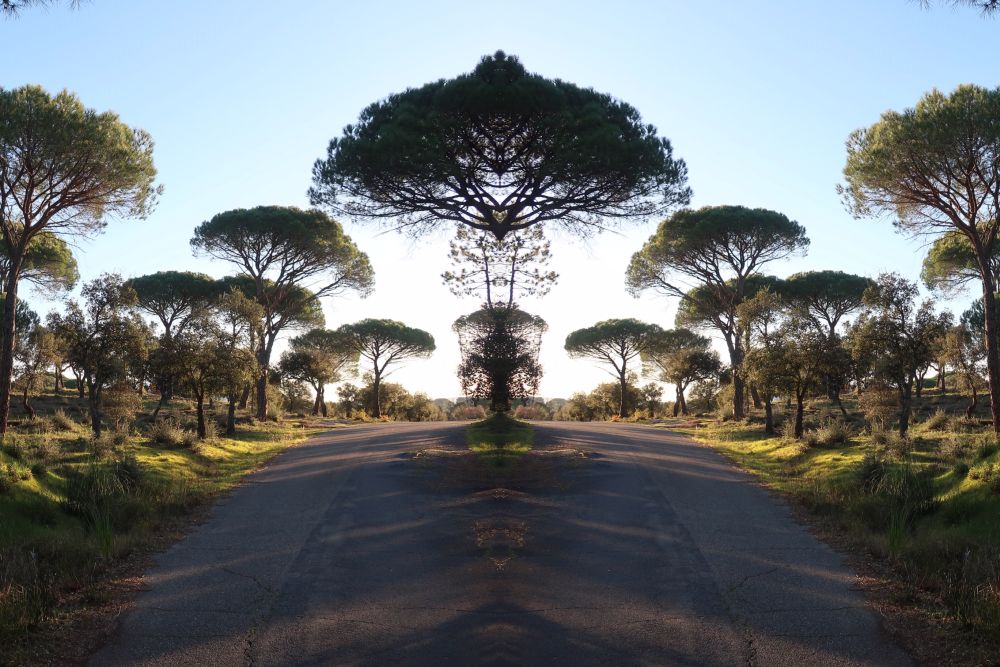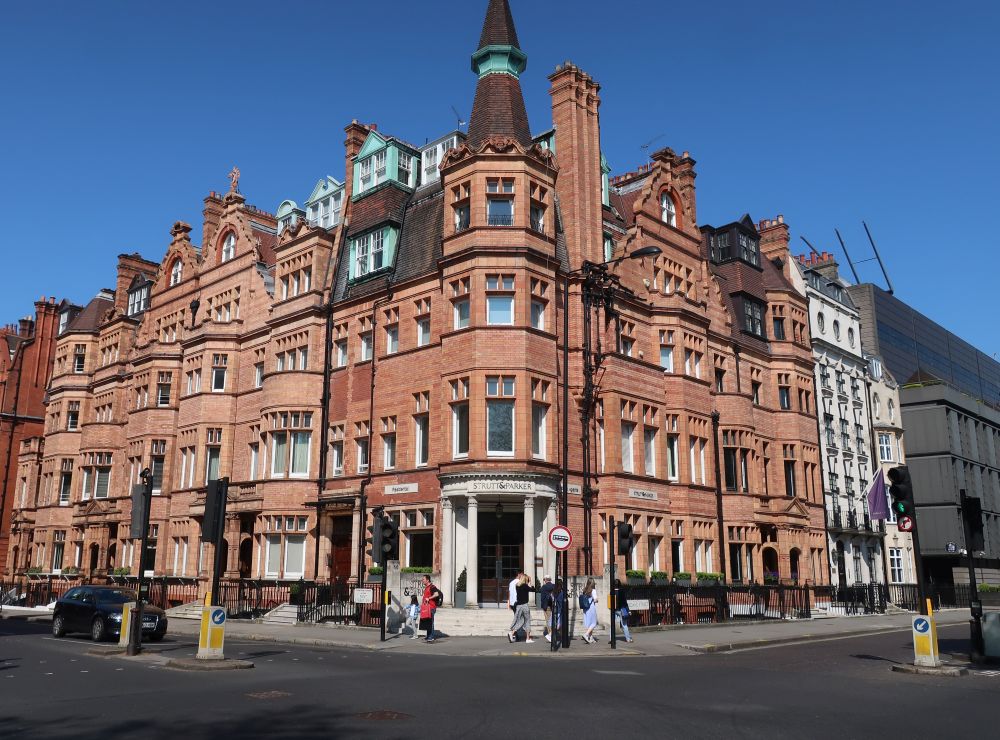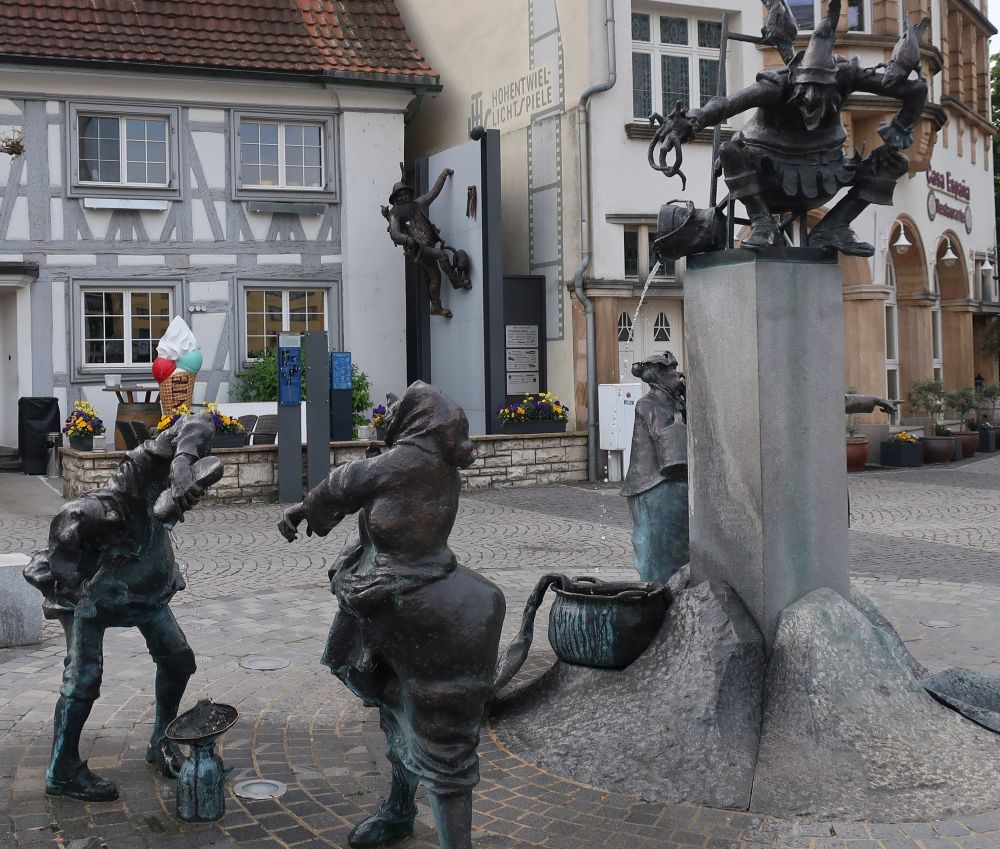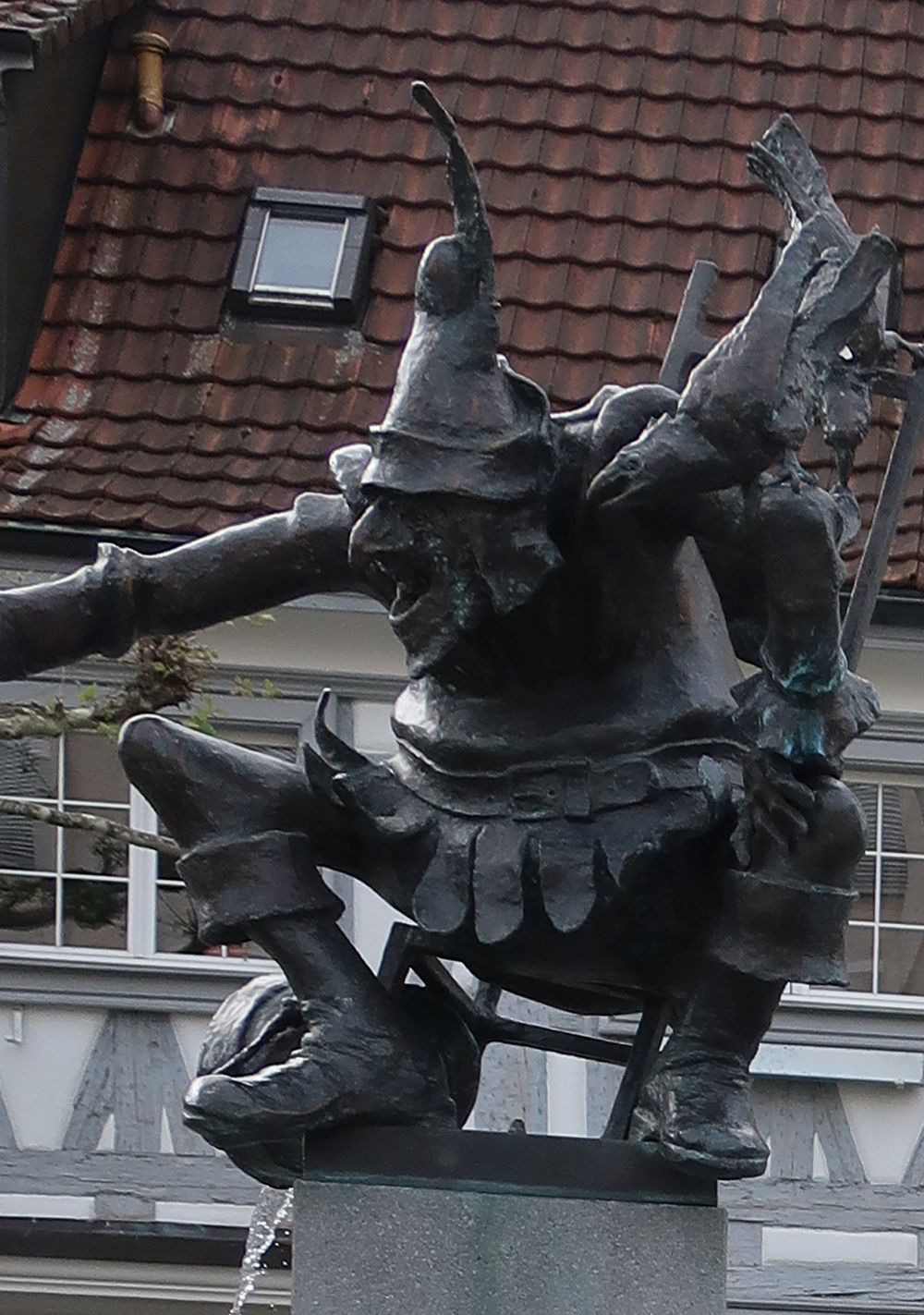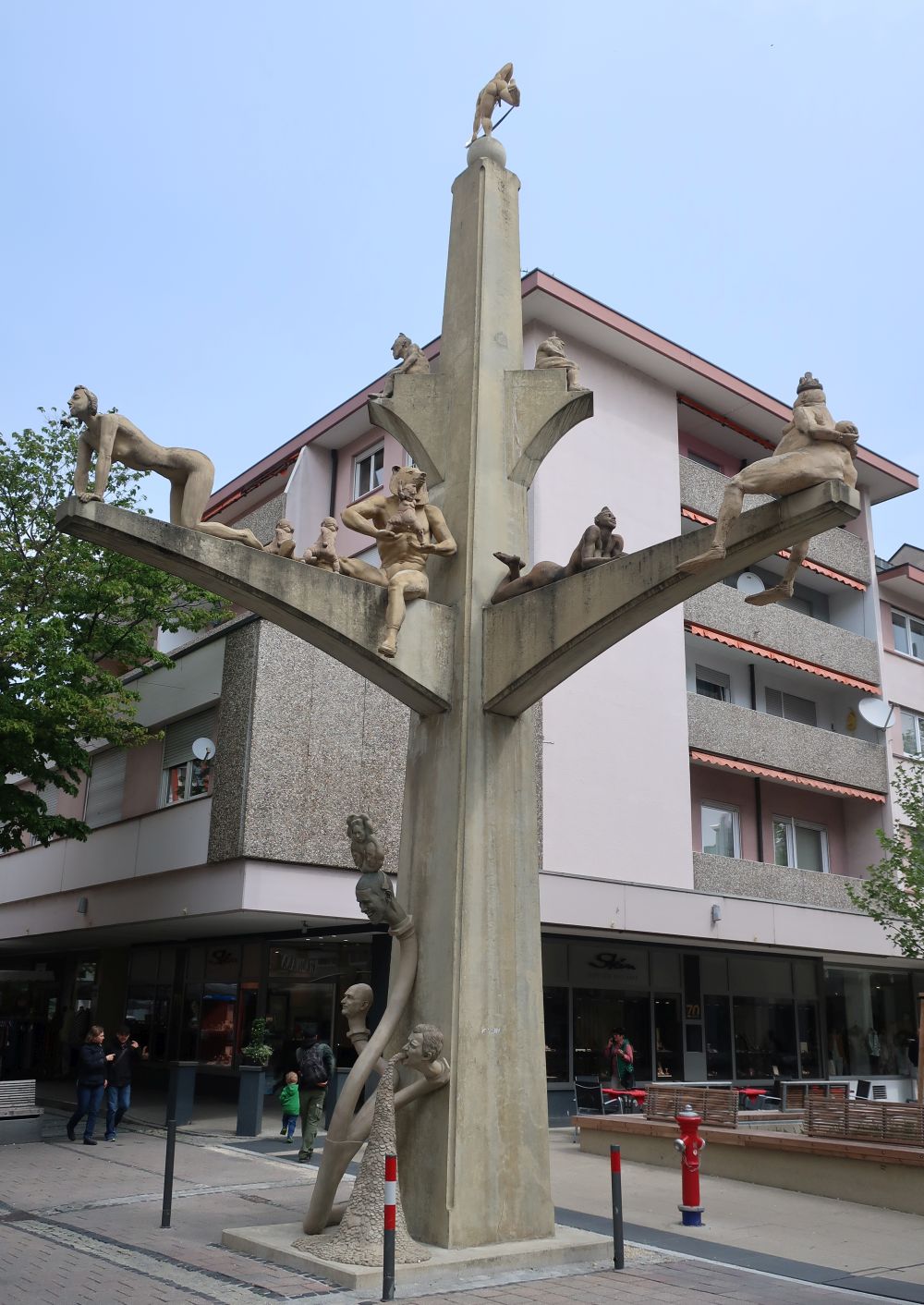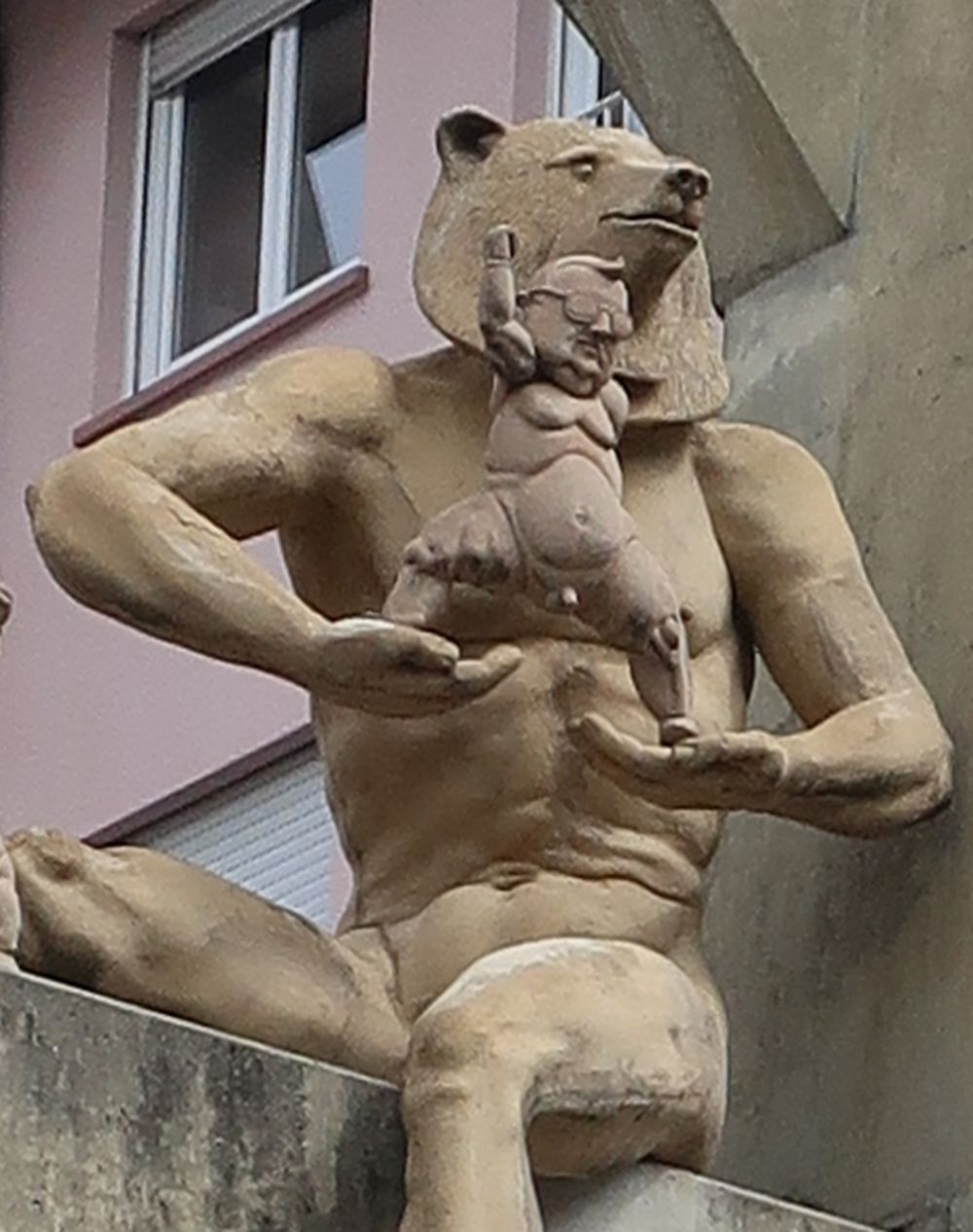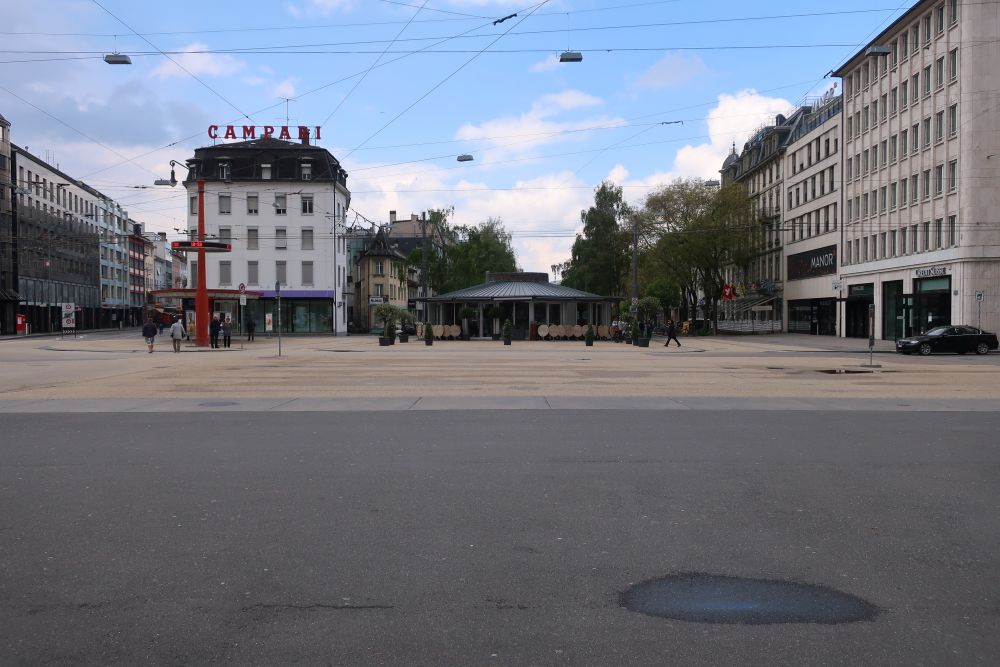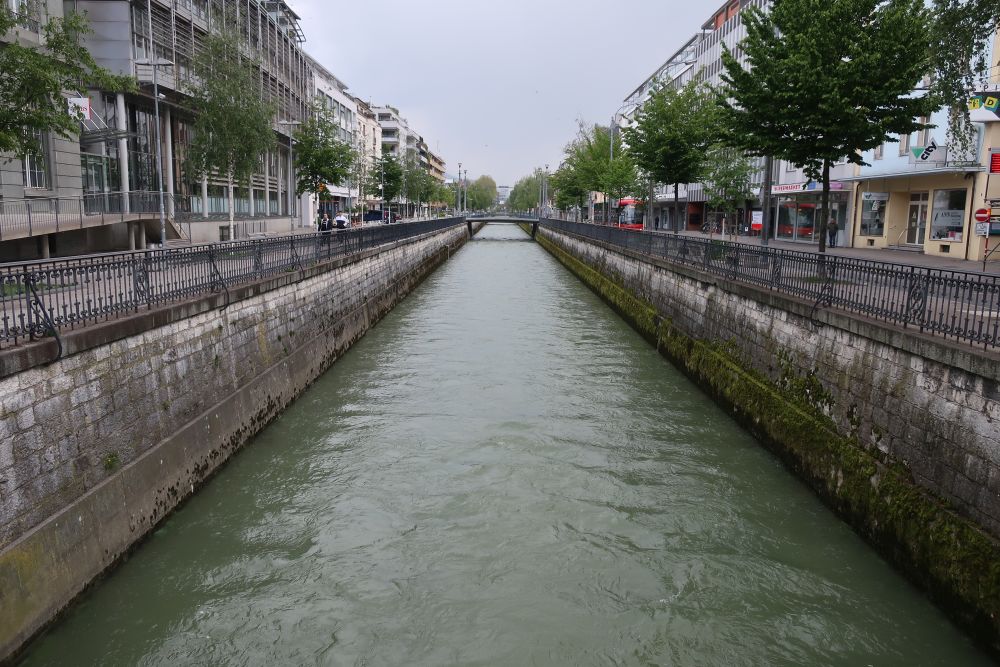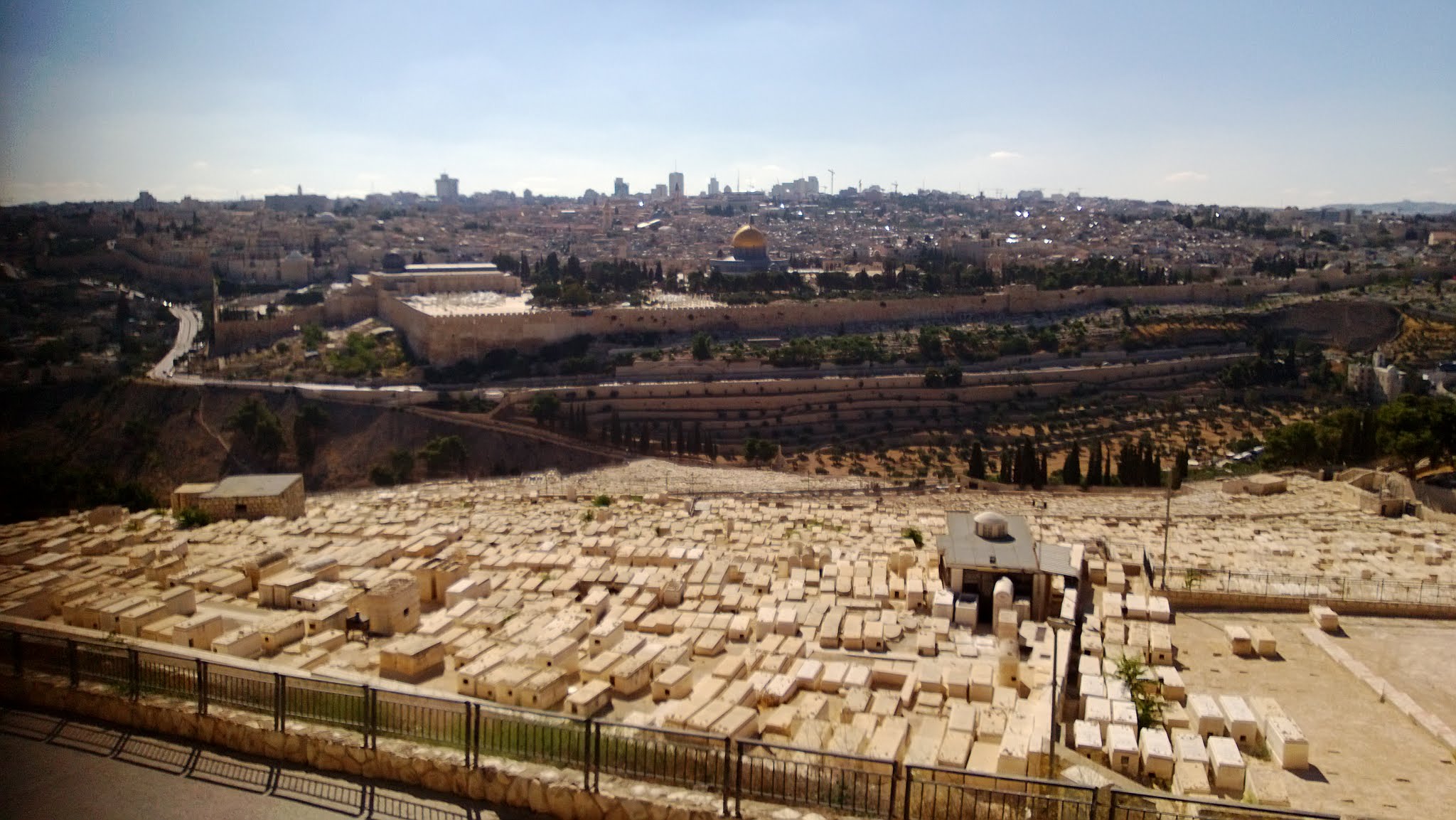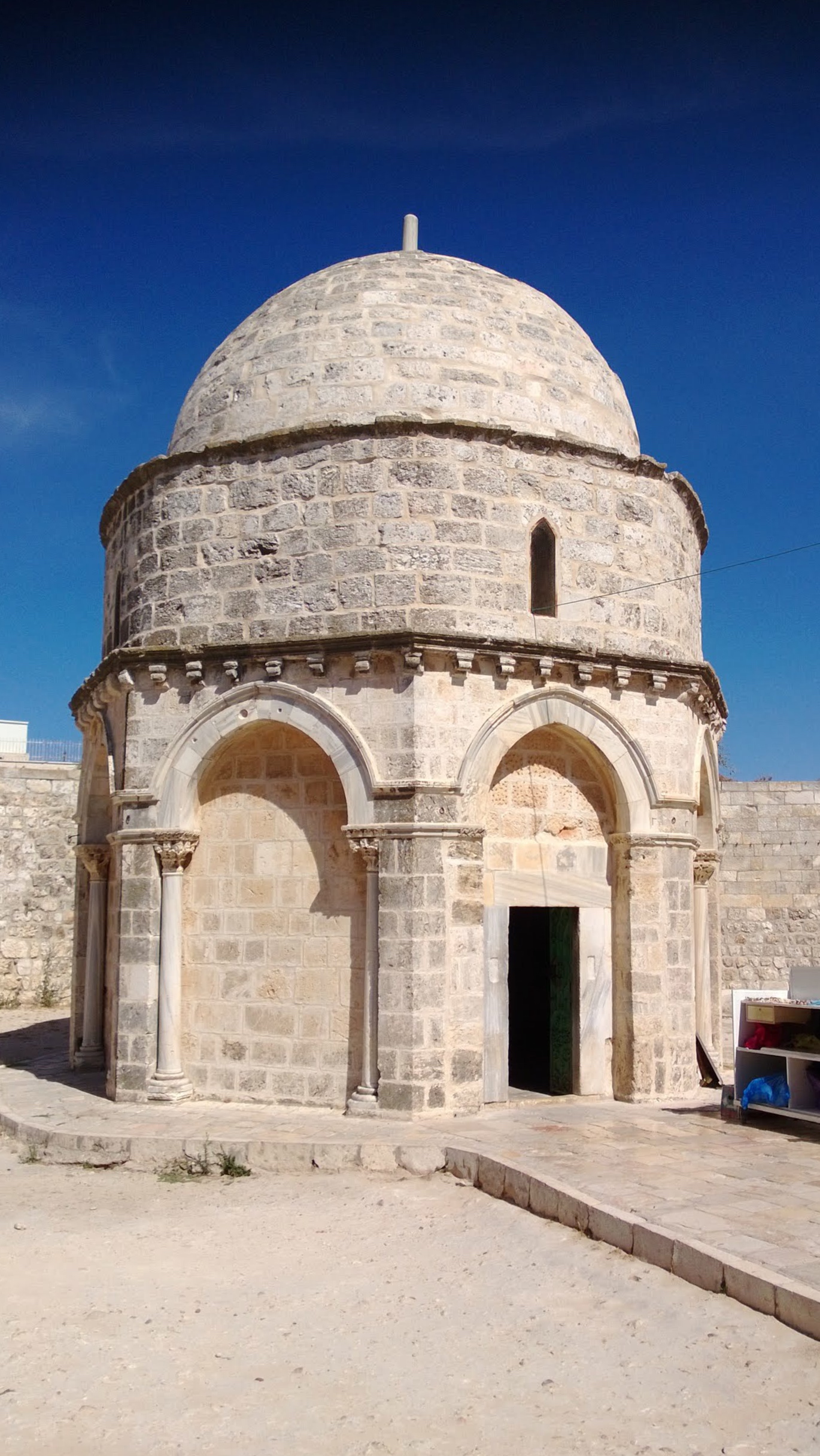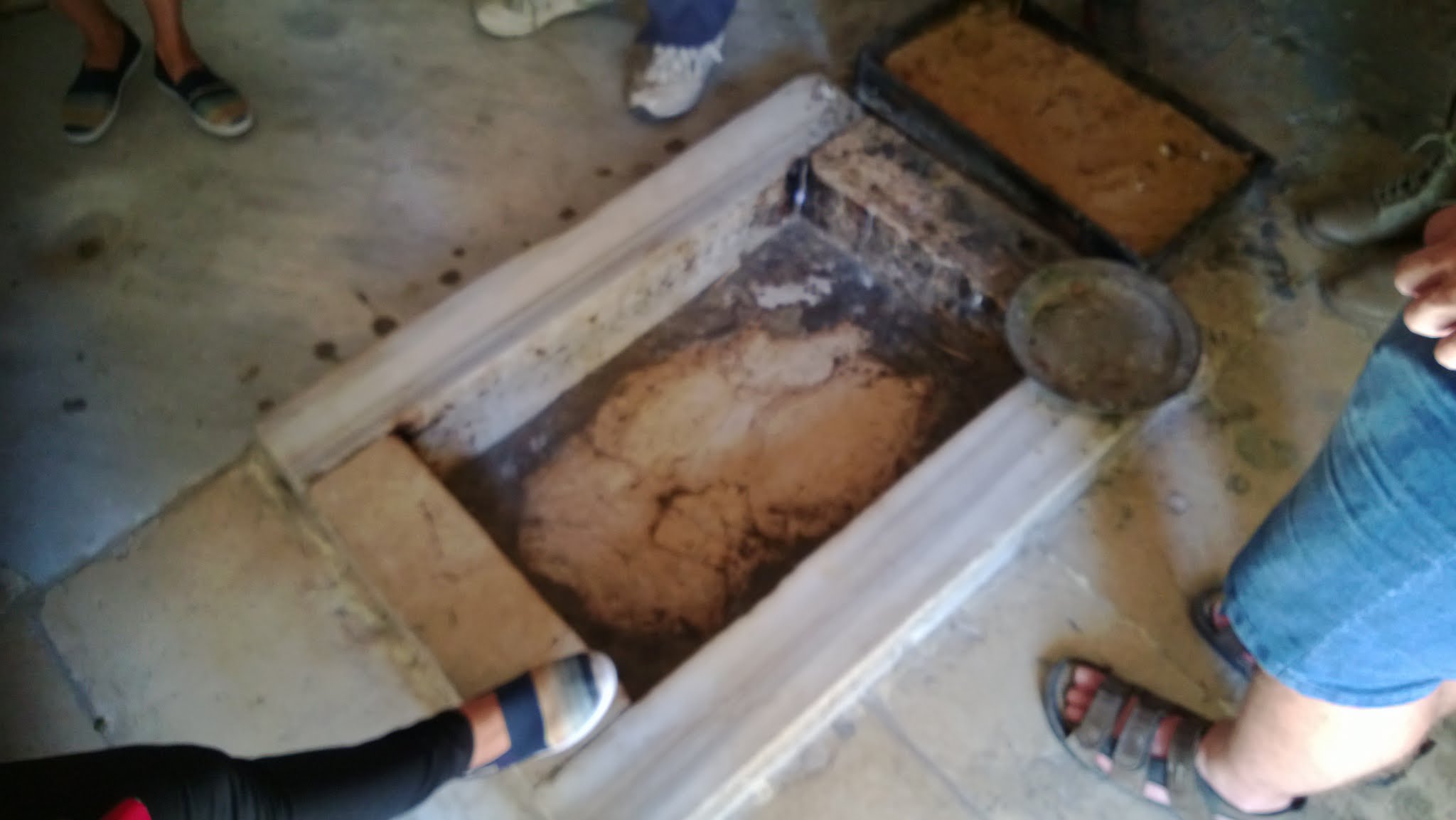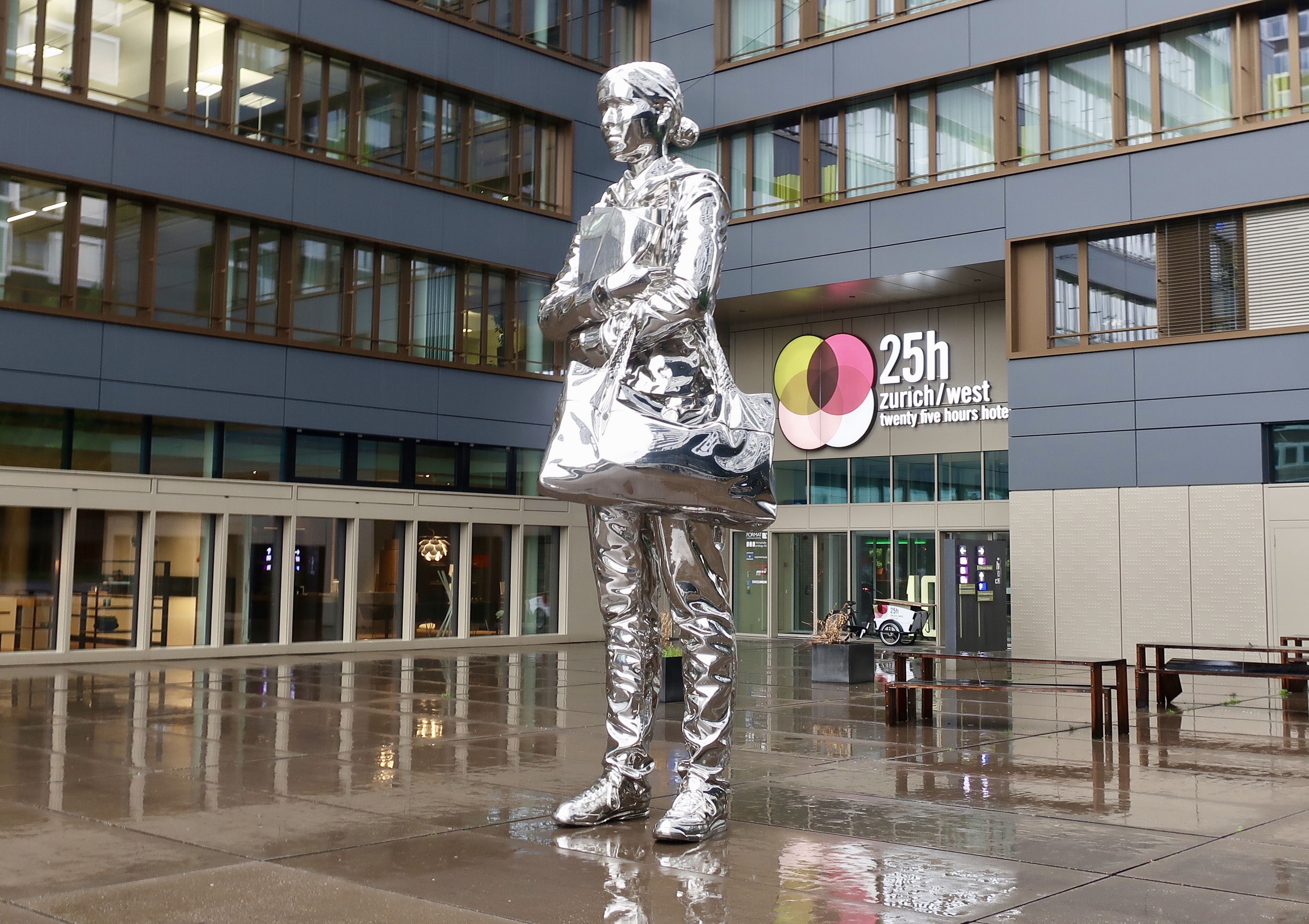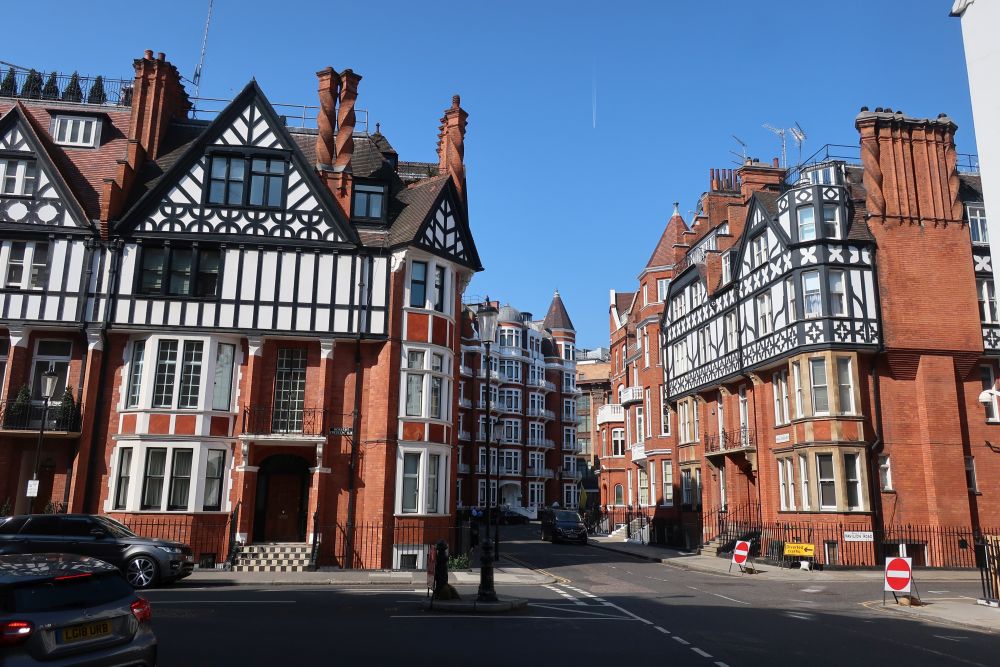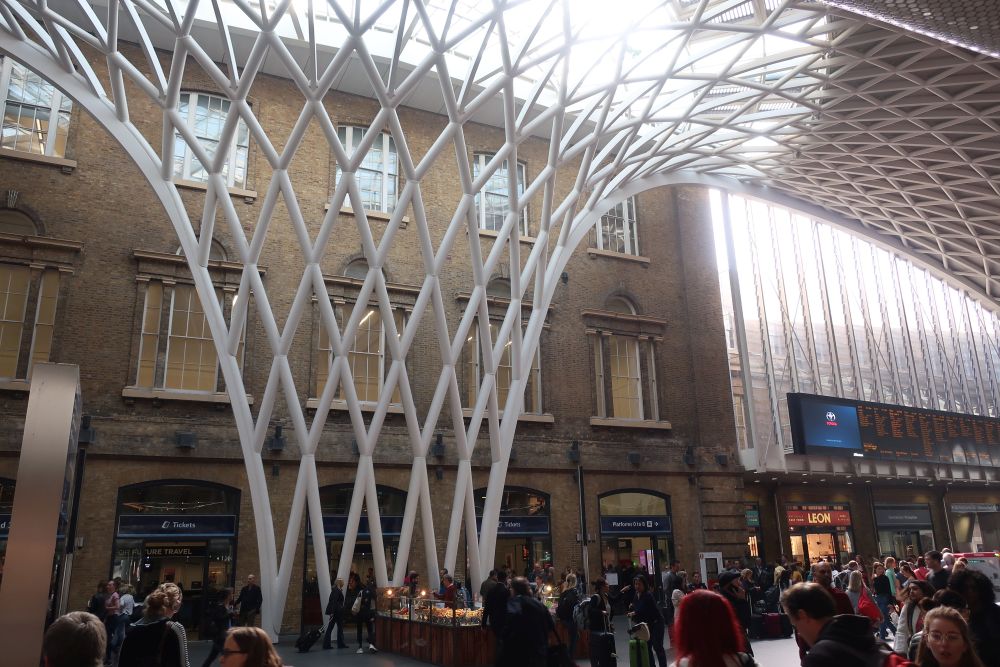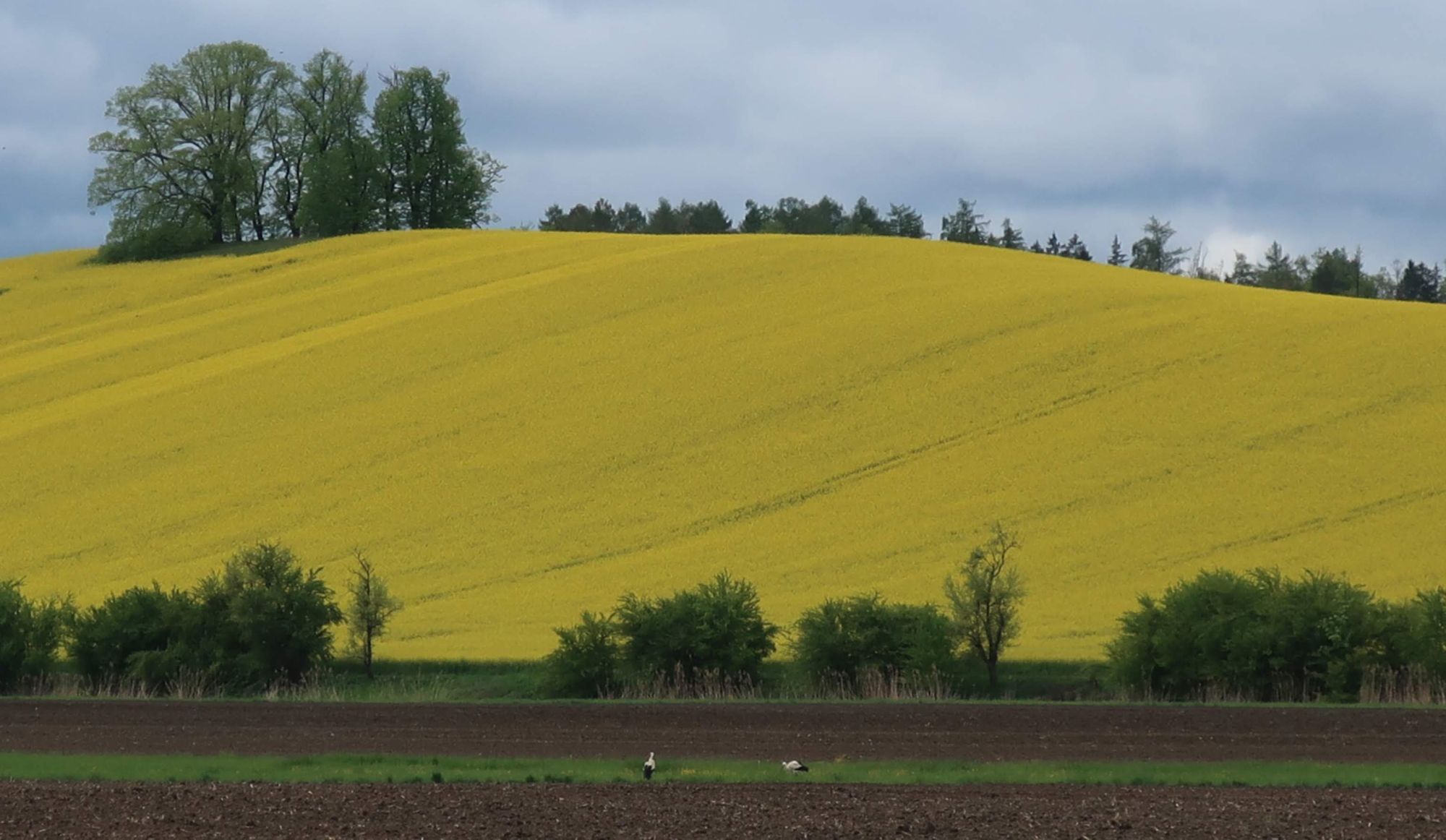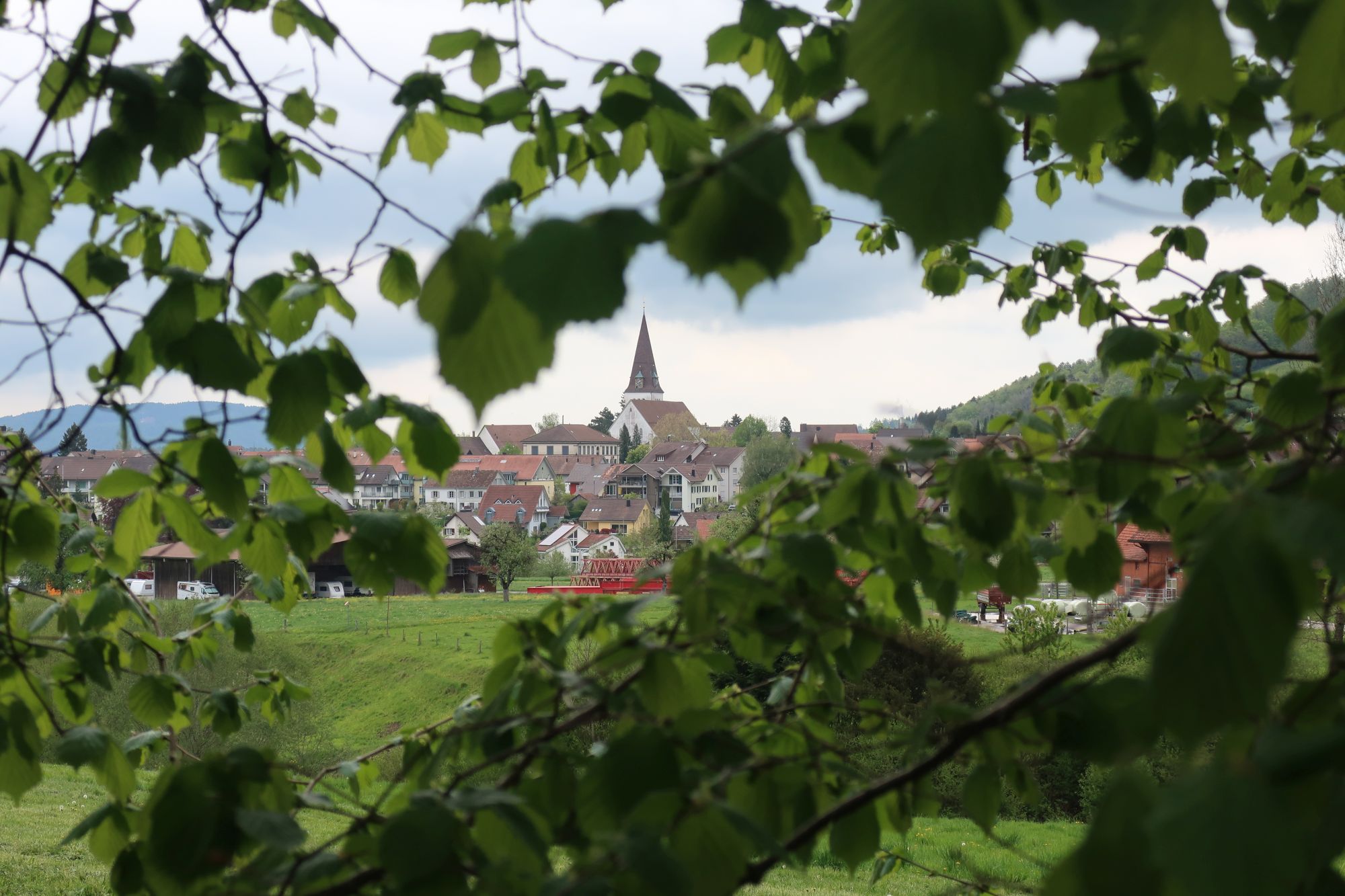In the field of IT you may think things change fast, but the timeless principles really don‘t change at all.
If you don‘t believe me, just read on and I guarantee I can convince you otherwise!
In September of 1974 my father was editor of the world‘s first magazine dedicated to computers. This was long before the days of personal computers and smart phones and cloud computing. He wrote an article that I used as the title for this blog.
I‘ll reprint a few paragraphs here – and I send out a challenge: this article was written 45 years ago, and you tell me if it doesn‘t still apply – word for word – to the IT industry today!
For successful systems, debug the people problem
By Charles N. Ritley, September 1974
As executives are discovering that turnkey computer systems can solve their paper problems, they‘re also finding out that a brand new computer can bring with it a new set of problems – people problems – that could diminish the advantages they paid for. Professional systems analysts are aware of people problems that arise with new systems and plan for them. The executive installing his first system will profit by knowing the potential problems and how to cope with them. His reward will be a smooth running system, and good customer and employee relations. Plus, he‘ll get all the computer power he paid for.
Why people?
A system is simply a means of receiving information from one group of people and preparing it for another group. Now matter how sophisticated the hardware becomes or how many jobs it eliminates, a computer system still requires people to create, process, and use the information. Fear of the unknown is one universal problem that can‘t be solved electronically. Your new computer will change job structures; it will take over routine work now being done by people. Your staff is going to wonder how their jobs will change, and wondering and worrying will make them less efficient.
To read the complete article, please click here.
